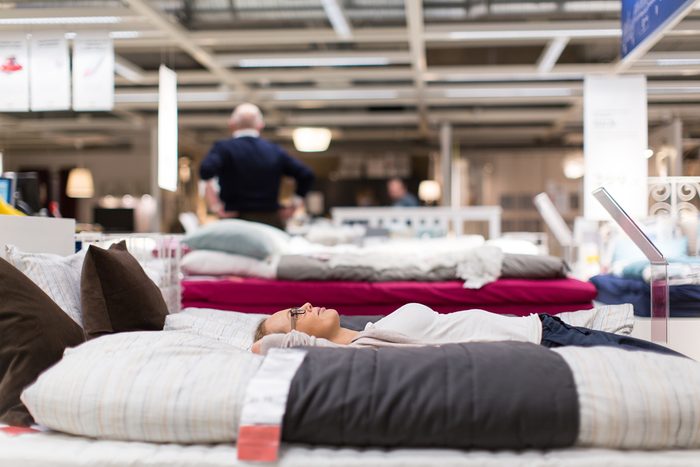
8 Things To Know About Buying A Mattress
King or queen? Coil or foam? Firm or soft? When it comes to mattresses, there are so many questions. Good thing, then, that we have answers
I remember the worst sleep of my life. It was on a futon and the sleep was so bad that, halfway through the night, I ended up moving to the carpeted floor. It was the first time I noticed how much of an impact a mattress has on my sleep quality, and now I’m starting to notice how uncomfortable my own mattress is. There’s a spring sticking out on the left, a sleep impression made on the right. No matter how many times I flip it, I wake up with minor lower back pain and a general feeling of achiness – I’ve also had the thing for 10 years. These are all signs that it’s time to buy a new mattress, but there’s a lot to consider before making this big purchase. Here are eight things you should know.
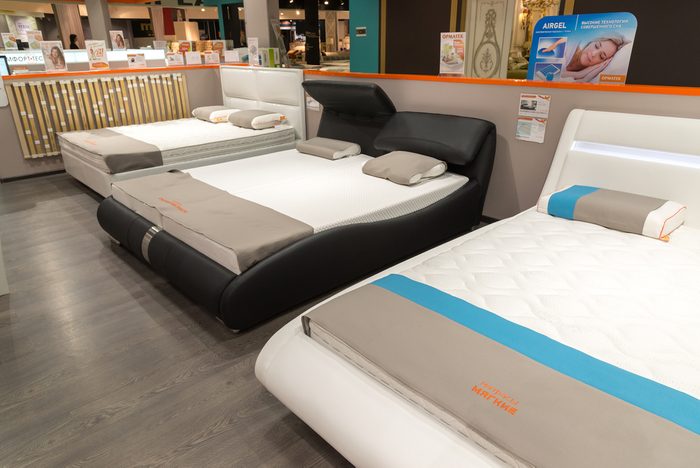
1) Type
Inner-spring mattresses (first patented in 1865), which use steel coil support systems, are the ones we’re most familiar with. The shapes, designs, gauge and number of coils will vary, but generally the more coils, the more support offered. Hybrid mattresses offer both coils and another material on the top layer, such as memory or latex foam. Memory foam (visco-elastic foam) mattresses allow the materials to contour to the body while sleeping, while latex mattresses use latex foam in the support system, in the upholstery layers or both and generally allow for a “cooler” sleep. Pillow-top mattresses offer an additional top layer of cushy upholstery made from other fibres and fabrics.
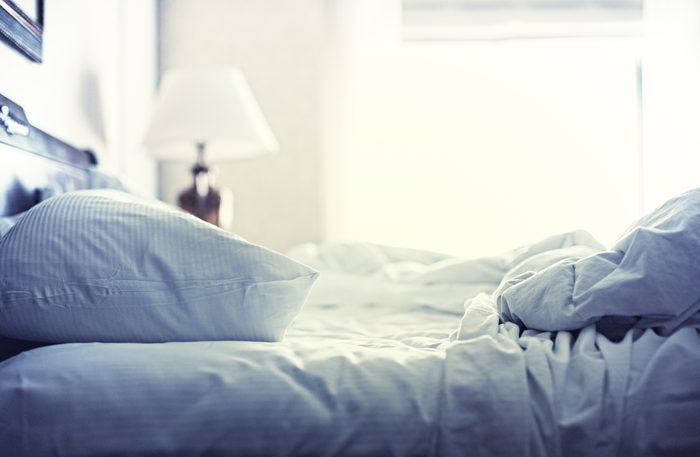
2) Support
Again, how much support you need is based on personal preference, but experts and studies alike suggest that a medium-firm mattress is the best way to go, especially for those with minor back pain. It seems that this amount of support works well for the average consumer. For instance, the mattress company Casper only makes one model: a medium-firm level constructed of a patent-pending combination of latex foam and memory foam. “You don’t walk into a five-star hotel and ask for a firm, back-sleeper mattress,” says Nicole Tapscott, general manager for Casper Canada. “Generally, you just already know that you’ll get a really good sleep. We applied that same philosophy to our product and asked ‘What exactly makes one mattress work for everyone?'”
Other mattress companies have also used this Goldilocks philosophy, though with slight variations, including the Canadian company Endy Sleep and Loom & Leaf, which also offer in-home trials and satisfaction guarantees.
Some experts suggest the “20-minute rule” for selecting a mattress in-store, where you lie down in multiple sleep positions for a period of 20 minutes. Although it’s a good rule of thumb, when we’re awake, our spine and muscle support system is nowhere near as lax as it is when we’re in REM sleep, so we can’t really tell what mattress works best for us until we actually sleep on one.

3) Comfort
A good mattress should feel comfortable both when you’re awake and asleep. According to the National Sleep Foundation, the main goal is to relieve pressure from your back and joints. In the morning, you should wake up feeling rested and pain-free. Generally, your mattress should allow you to sleep with a neutral spine, and the support level can help facilitate this. You can check this in-store by lying down and having a friend or partner tell you if your spine looks neutral or not. Tapscott says that you also need to sleep on your new mattress for at least a week before you can really tell if it’s right for you – the first couple of nights on a new mattress can be uncomfortable because your body needs time to adjust.
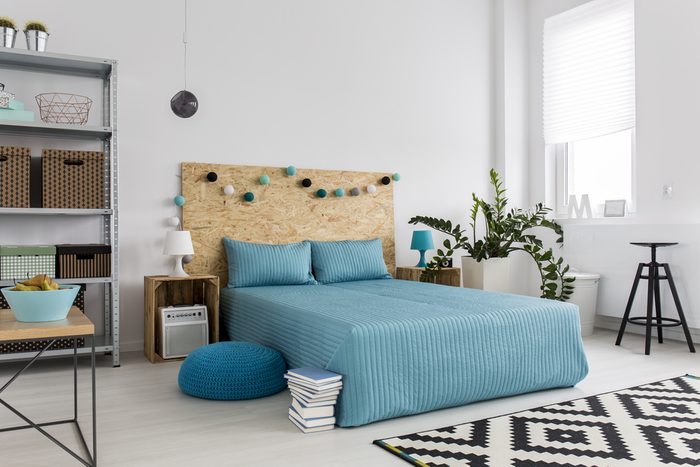
4) Test Drive
All in all, the mattress you choose comes down to personal preference, says Tapscott. The best way to find the perfect one is to take it home and sleep on it, she says.
Research Triangle International echoes this in a 2011 study, where participants were encouraged to test-drive, touch and feel seven different mattresses (they were blinded to the mattress’s manufacturer, construction materials, design and level of firmness) and were asked to pick one that they felt to be the most comfortable. But at the end of the study and after sleeping on the same seven different beds, most people reported the best sleep from a different mattress from the one they originally chose in the showroom.
Many mattress companies do offer test drives, but it’s up to you to confirm return policies and trials before making your purchase.

5) Size
According to The Better Sleep Council, the most popular mattress size is queen, which provides a decent amount of space for the average couple. But if one tends to “sprawl,” a larger mattress might make more sense. It all depends on what you need and the size of the room, too. Your own height and weight can also be a factor. Can you stretch out on a queen without your feet dangling over the edge or would a king-size mattress make more sense? This online tool can help you choose the right size: casper.com/ca/en/mattress-size-comparison-guide.

6) Price
For the most part, the cost of a mattress is dependent on its size and quality. But check online retailers, who may offer cheaper prices because there are no showroom costs. Also, take the time to make price comparisons to see if a store will offer price matching (for instance, Sleep Country Canada offers to beat any price by an additional five percent). Warranties are important to check – you might be getting a good price, but the warranty could be shorter (five or six years). It’s also important to read the fine print: The warranty could be considered invalid if you’re not using the coordinating box spring or if there are stains from not using a mattress cover.
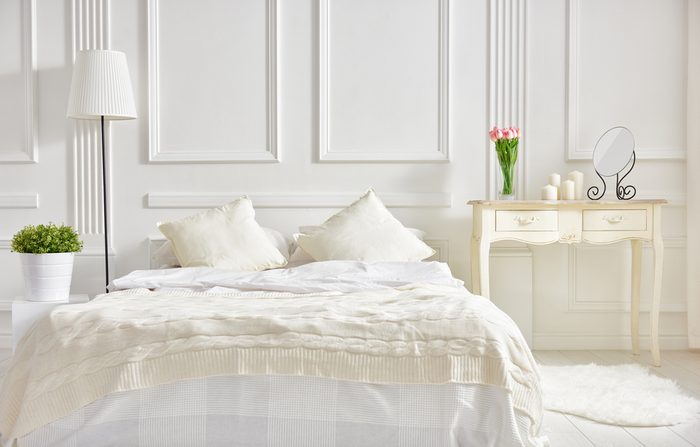
7) Protection
Although bed sheets are the first line of defense for our mattresses, using a mattress pad or cover can further protect it from stains and sweat and can also help keep allergens and dust mites to a minimum. If allergies keep you up at night, look for a cover with a hypoallergenic claim. You can even find waterproof covers, which are great for memory-foam types since moisture is more likely to get trapped. It’s recommended to clean covers every one to three months. Try vacuuming your mattress seasonally to further eliminate dust and dirt. Still undecided? Know this: Most mattress warranties are void if your mattress is stained.
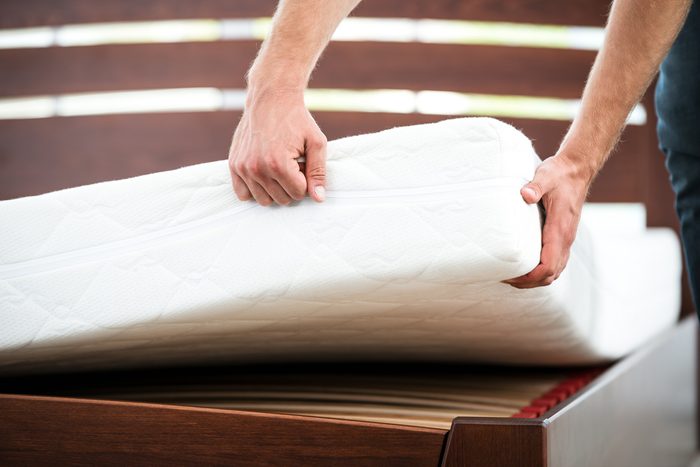
8) The Base
Never put a new mattress on an old foundation, cautions the Better Sleep Foundation, as they’re designed to work together. While the words “foundation” and “box spring” are often used interchangeably, they are actually two different things. Foundations refer to a hard and flat surface that’s placed under a memory or foam-type mattress, while box springs are made for coil mattresses and the like to provide more flexible support.
